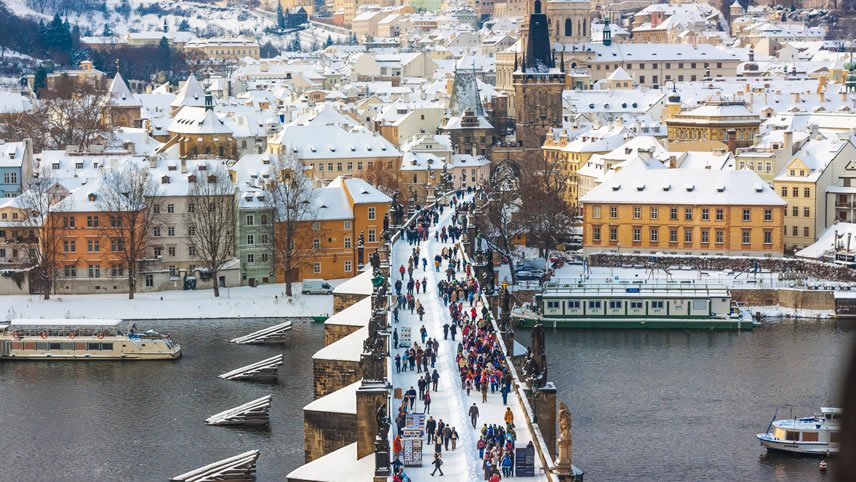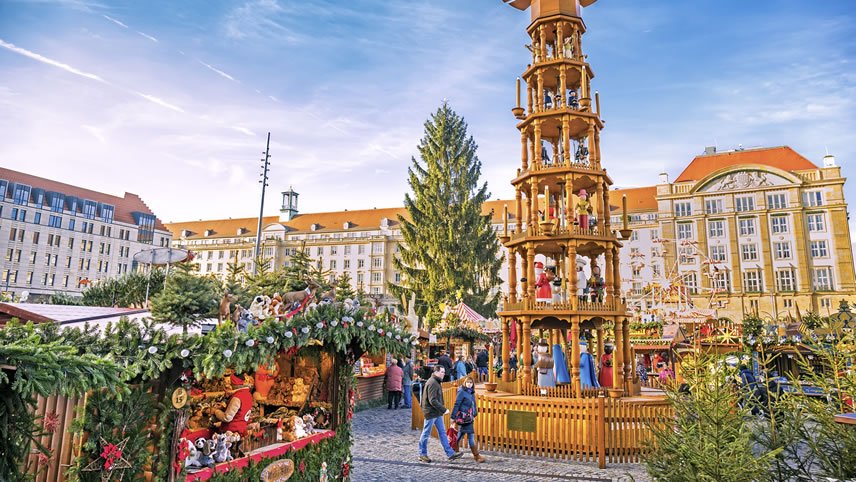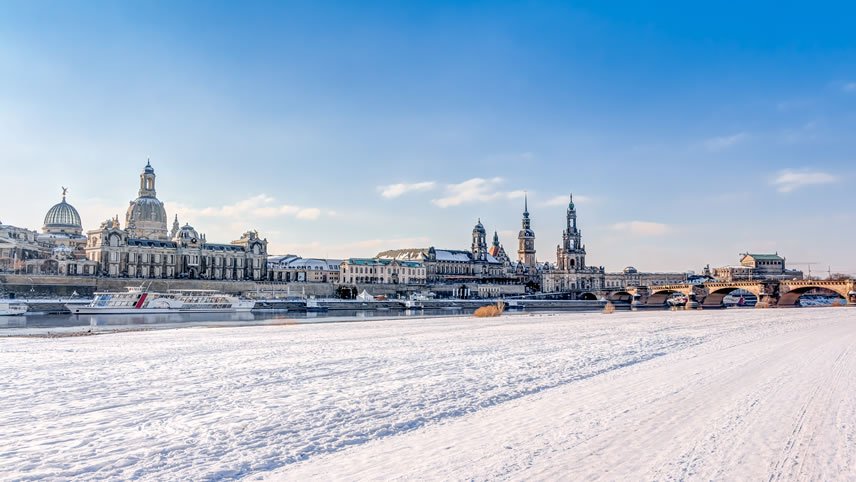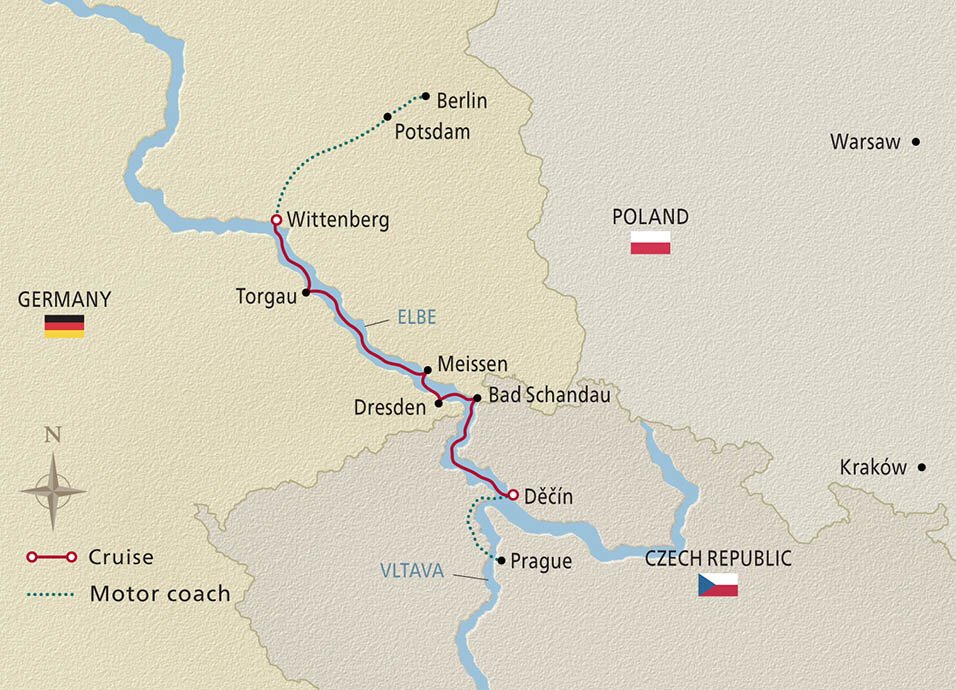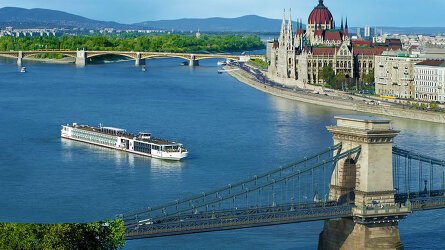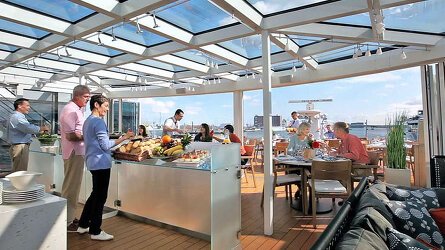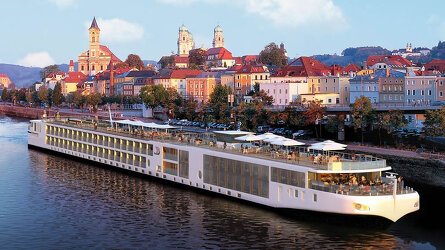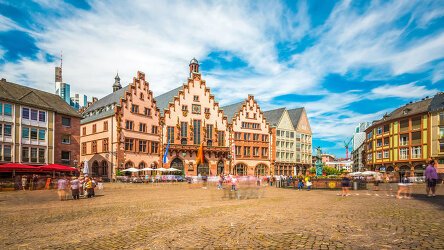Overview
Itinerary
Check out of your hotel and explore more of the city. Few cities embody the past as authentically as Prague, the Czech Republic's atmospheric capital on the Vltava River that clings to its history with unwavering passion. Prague's medieval architecture is its most prominent, but the city is also a rich repository of Romanesque, baroque and art nouveau buildings that stir the imagination. The city's graceful, pedestrian-only Charles Bridge served as the coronation route of the kings of Bohemia across the river to Hradčany Castle and its rich complex of royal buildings.
Transfer to your ship and settle into your stateroom. The Czech town of Děčín enjoys a pastoral setting amid green hills. The 13th-century king of Bohemia Ottokar II invited northern neighbors to settle here, forever giving the town a German flair. Though the 1945 Potsdam Agreement expelled postwar Germans, Děčín embraces its heritage in many of its architectural treasures, including its namesake castle and the 1906 buttercream- and azure-colored synagogue, the only surviving structure of its kind in the former Sudetenland. Děčín's elegant beauty was inspiration for Polish composer Frédéric Chopin.
One of the oldest and most important spa resorts in Saxon Switzerland, the beautiful resort city of Bad Schandau has retained much of the splendor and charm of bygone ages. After iron-rich springs were discovered here in the mid-18th century, hotels and spa houses soon dotted the landscape. In 1920, the town (then Schandau) was awarded the right to use the prefix 'Bad,' meaning 'Spa.' For refugees and emigrants during World War II, this was a place of hope. Many were helped to safety by climbers who knew secret passes through the mountains and out of Germany. Sail through the magnificent, soaring rock formations of Saxon Switzerland.
This spectacular region earned its name from two Swiss painters who were reminded of their home while visiting. You will witness some of the wildest cliff formations imaginable, with nicknames such as Catapult, Locomotive and Wolf's Ravine. As you pass through, marvel at the Bastei, a 1,000-foot spectacle of tooth-like rocks connected by a footbridge. Sailing past these iconic monoliths is sure to be a highlight of your journey. Dresden is awash in artistic treasures and baroque splendor.
The city is blessed with water meadows and green parks near the center, giving it a wide-open feeling and making it easy to focus on the beautiful sandstone buildings that line the river. It took Dresden more than 50 years to rebuild after it was devastated during Allied bombing. Most agree it was certainly worth the wait. The city has been lovingly restored to its original glory, from the ornate Frauenkirche (Church of Our Lady) and grand Semper Opera House to the shining Zwinger Palace.
After breakfast, disembark your ship and transfer to your destination. Potsdam straddles one of the Elbe's main tributaries, the Havel River. It boasts a rich history that spans more than 1,000 years. From its humble beginning, Potsdam burgeoned into a royal city, hosting the residences of Prussian and German rulers until the early 1900s. A series of tumultuous events followed, but through it all, Potsdam maintained its prominent stature. And in 1990, with Germany's reunification, Potsdam was named Brandenburg's state capital.
Today, the city's regal past lives on in its 16 well-preserved palaces and three elegantly landscaped parks. Arrive and check in to your hotel. After a decades-long postwar rift, Germany's capital has been reunified and undergone a remarkable rebirth as a center of art, culture and great architecture. It is still riding the wave of its newfound energy, and exploring its streets feels akin to browsing a newly opened museum. Risen from the ashes of war, many of its buildings that once stood for division now embrace unity. Among them, the Reichstag parliament building embodies a new transparency with its glass dome, and the city's Museum Island celebrates self-expression and creativity.
Life Onboard Viking Astrild

Viking's award-winning Elbe Ships showcase innovative engineering, streamlined Scandinavian design and understated elegance. Read more
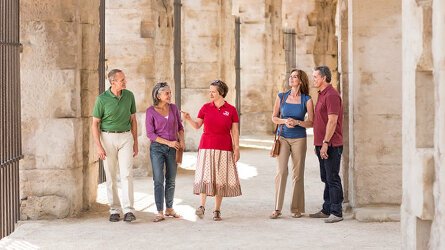
Every aspect of your Viking cruise is designed for the curious traveler seeking rich cultural immersion. Read more
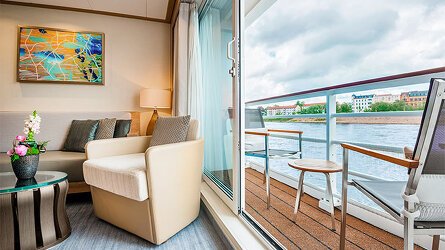
Elegant, light-filled ships thoughtfully designed to connect you to your destination. Read more
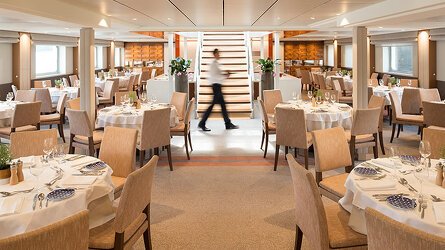
From relaxed, multi-course fine-dining to casual meals on the Aquavit Terrace. Read more

Viking proudly includes all that you need and nothing you do not and your river cruise fare. Read more
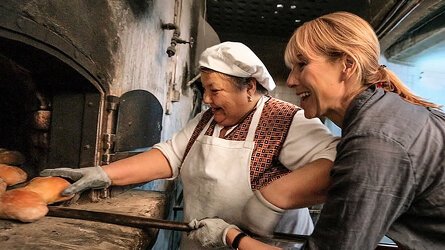
Viking offer behind-the-scenes insights and opportunities that set them apart from other travel companies. Read more
Availability Click on prices below to view cabin upgrades and details
Tour & cruises prices are per person. Prices shown have savings applied, are subject to availability and may be withdrawn at any time without notice. Pricing and trip details are correct at this point in time, however are subject to confirmation at the time of booking and are subject to change by Viking. For cruise itineraries, cabin images are sourced from Viking. These should be treated as indicative only. Cabin inclusions, upholsteries and room layout may differ to the image(s) shown depending on the ship selected and your sailing dates.
